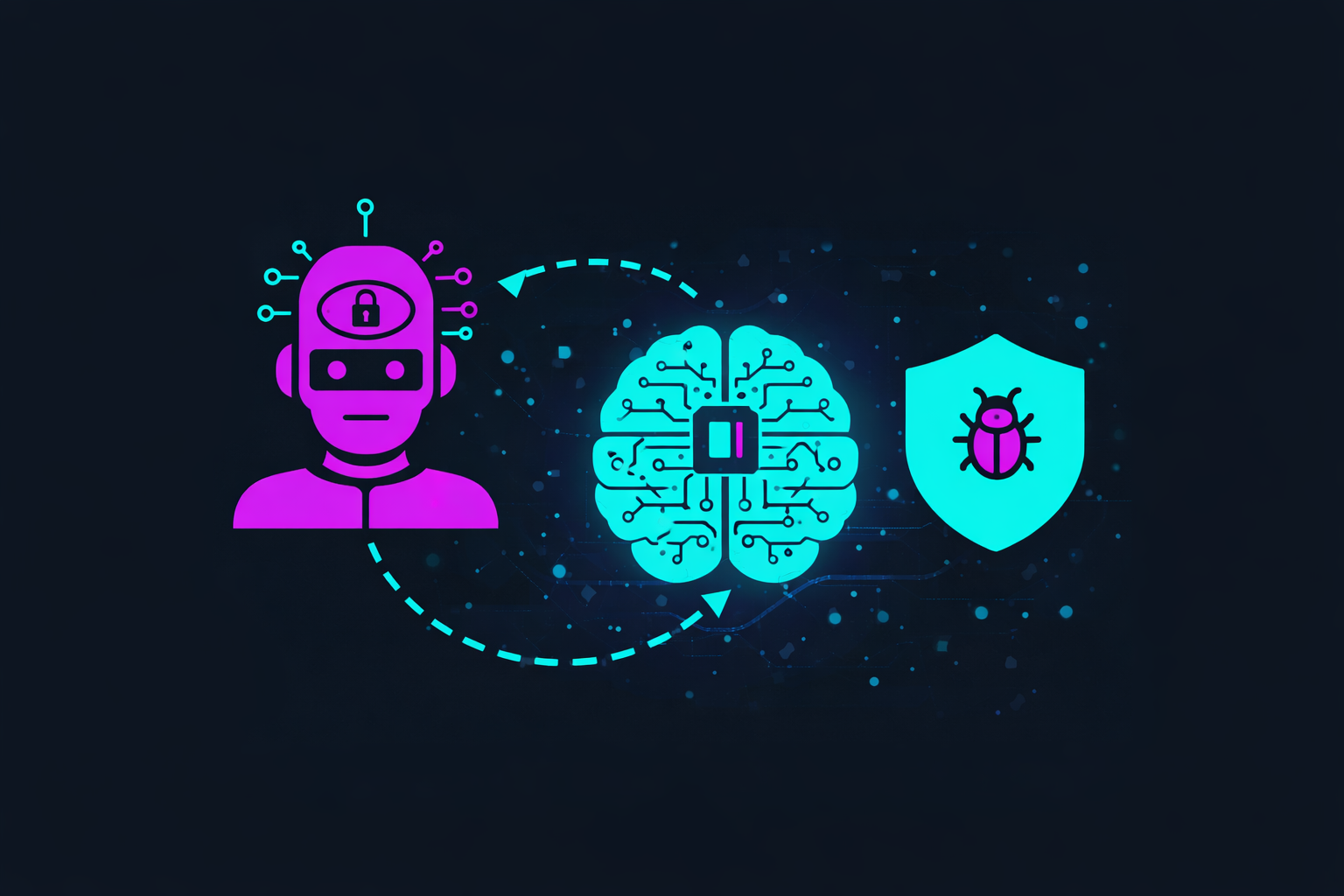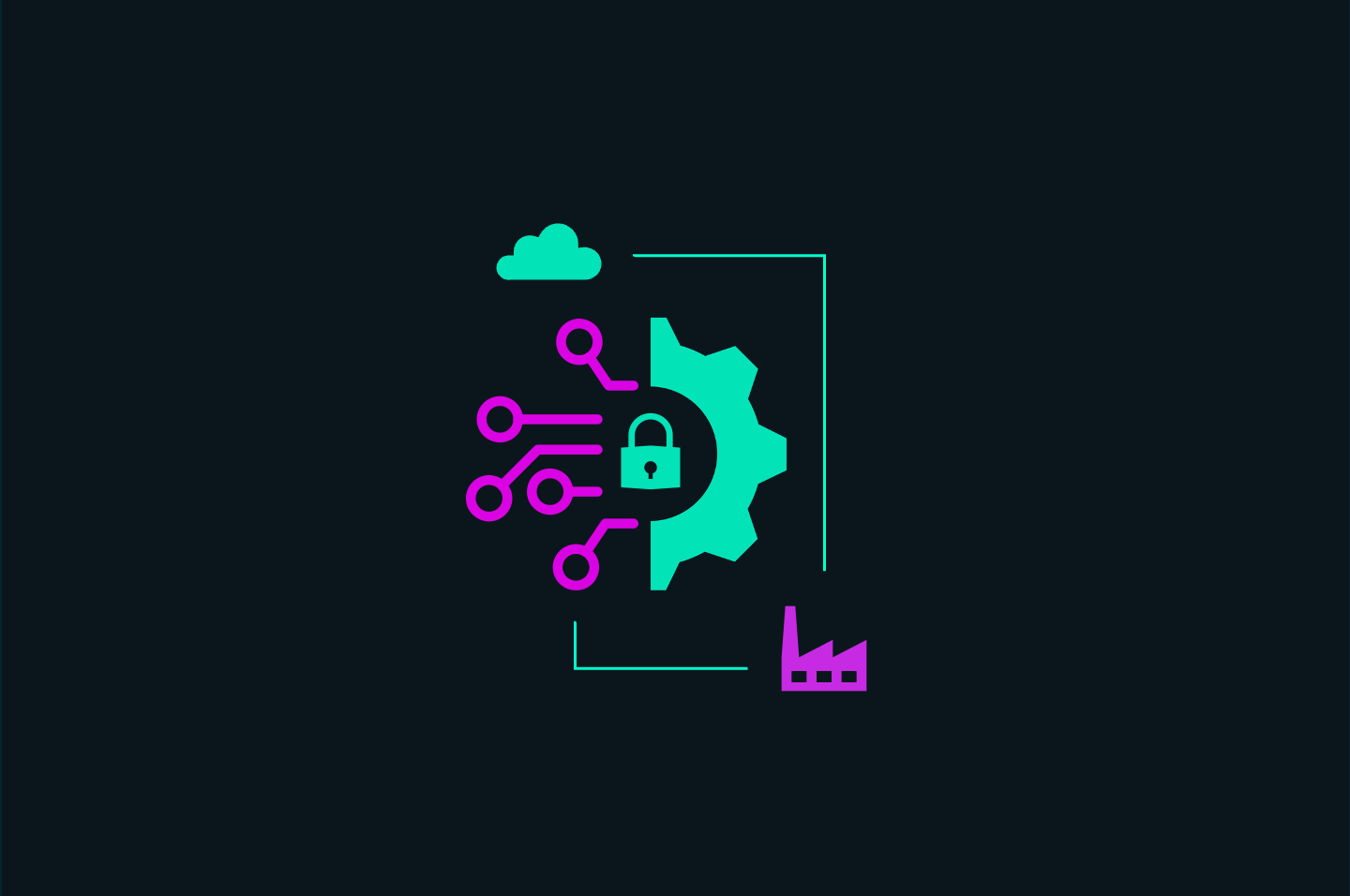Discover how AI is reshaping cybersecurity across SecOps, threat detection, automation, and governance. Learn risks, benefits, and expert insights from industry leaders.
Blog
Dive Into the Nitty-Gritty of Cybersecurity & Compliance
Get fresh ideas, actionable insights and expert guidance for your cybersecurity and compliance programs.

Latest articles
Thank you! Your submission has been received!
Oops! Something went wrong while submitting the form.
Filter

No Results Found
Please try different filters,
.svg)







.webp)


